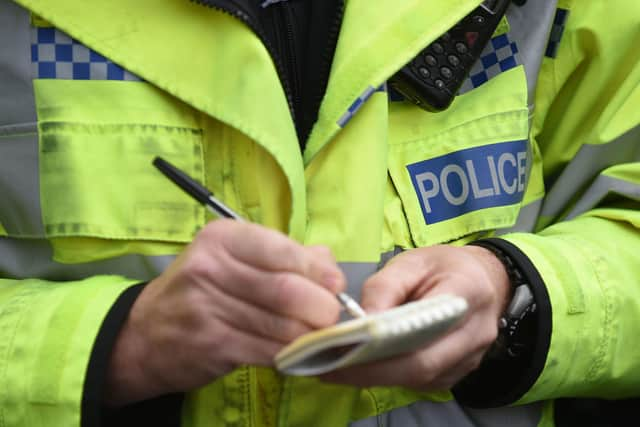Crime figures in Wigan: More than 14,000 assaults and 1,000 sex offences recorded in a year
and live on Freeview channel 276
Greater Manchester Police recorded 36,893 offences in Wigan in the 12 months to March, according to the Office for National Statistics.
At 111.6 crimes per 1,000 people, that was far higher than the average rate for England and Wales, which stood at 89.3.


Advertisement
Hide AdAdvertisement
Hide AdThis is only the second time Greater Manchester Police have been able to supply data at community safety partnership level since its implementation of a new IT system in July 2019 – meaning no comparison to the year before is possible.
Crimes recorded in Wigan included:
1,092 sexual offences
14,439 violent offences
4,314 incidents of criminal damage and arson
504 drug offences
359 possession of weapons such as firearms or knives
5,565 public order offences
9,242 theft offences
5,493 stalking and harassment offences
Of the crimes recorded in the area over the last 12 months, 1,092 were sexual offences – an increase of 36 per cent from the year before.
Meanwhile, violent crime has soared in the area, from 10,578 to 14,439 over this period.
One of the main factors behind this increase was the rise in stalking and harassment, which rose by 42 per cent, from 3,877 incidents to 5,493.
Advertisement
Hide AdAdvertisement
Hide AdAnd theft offences rose by 24 per cent, with 9,242 incidents recorded in the 12 months to March.
At 27.9 crimes per 1,000 people, that was slightly higher than the rate across England and Wales, which stood at 25.1.
